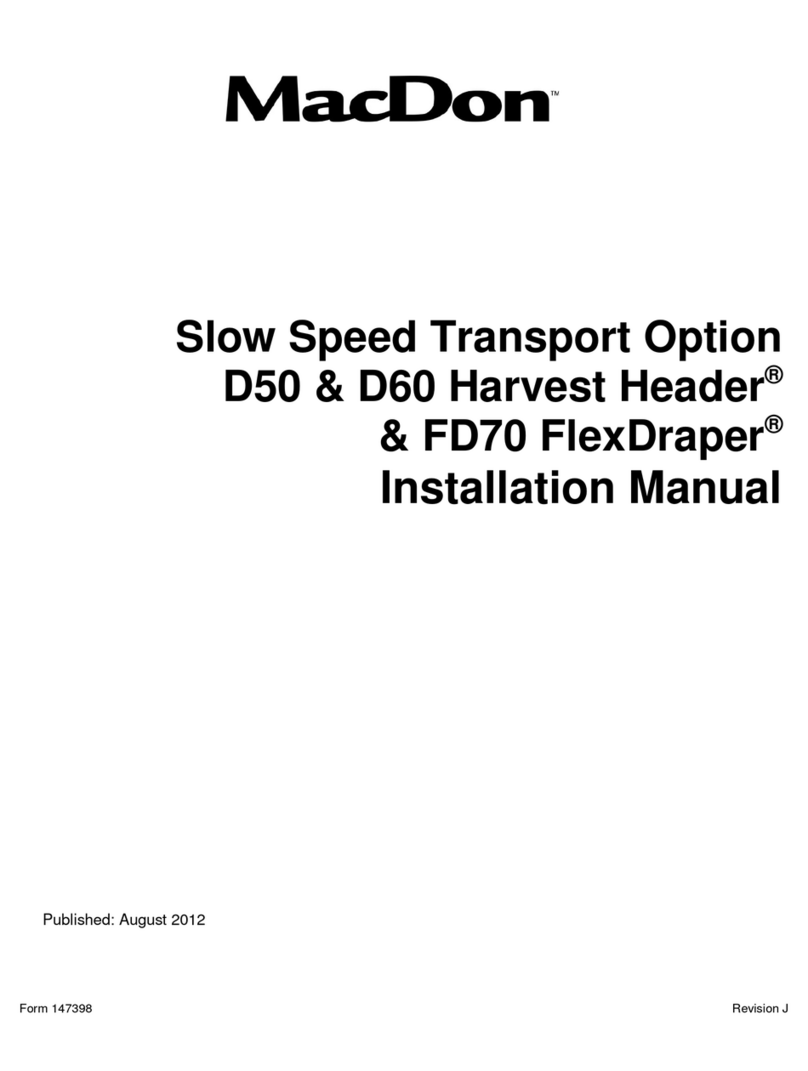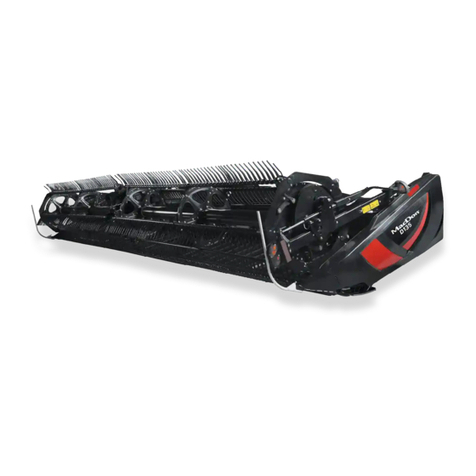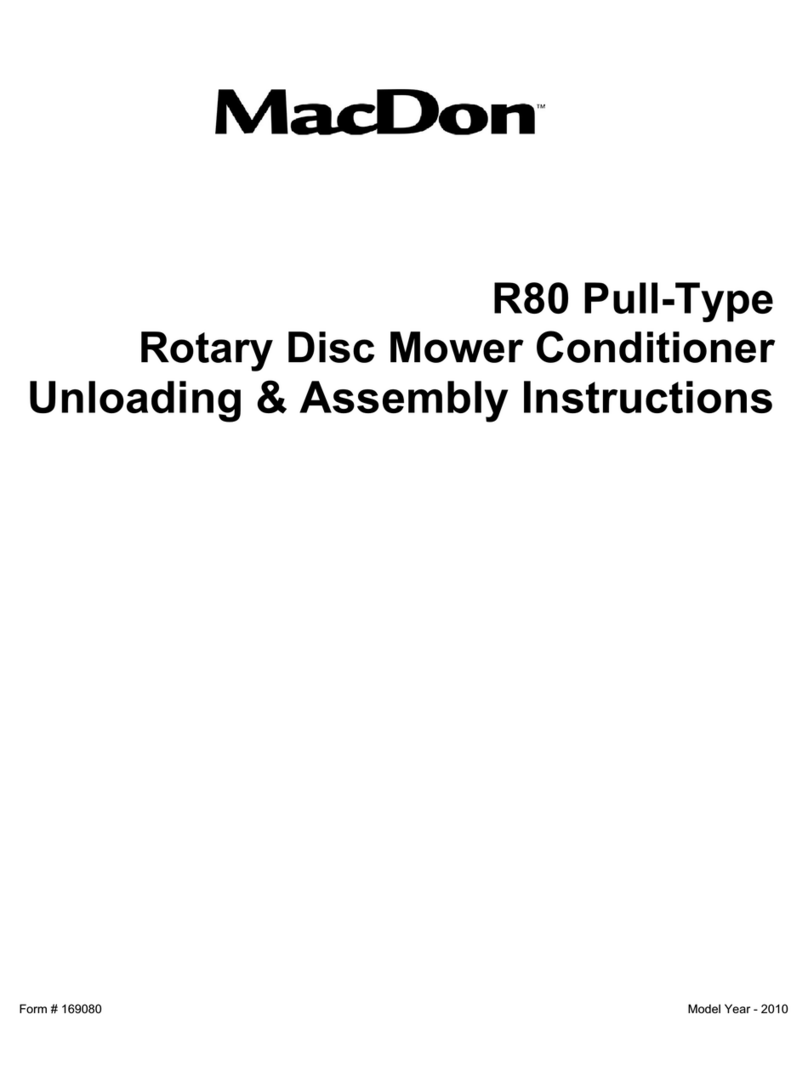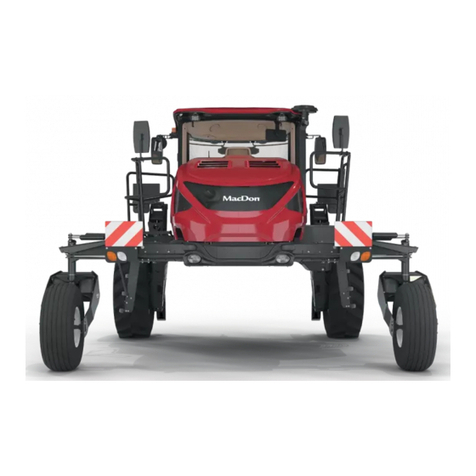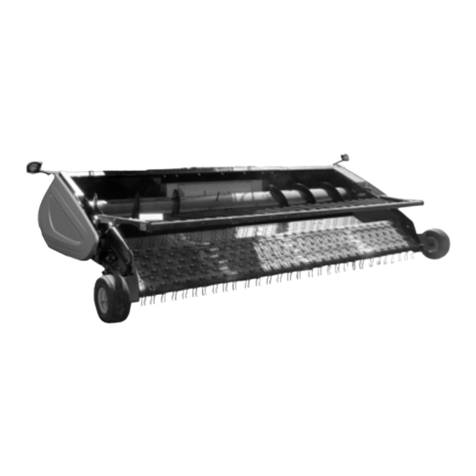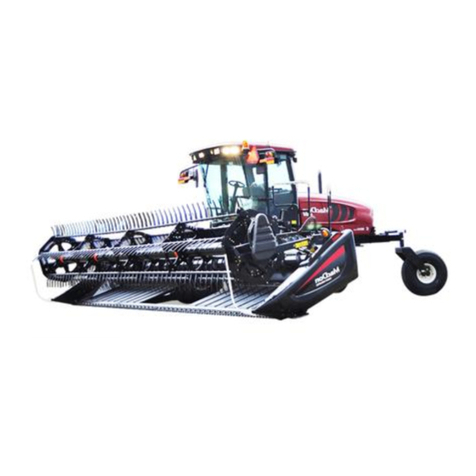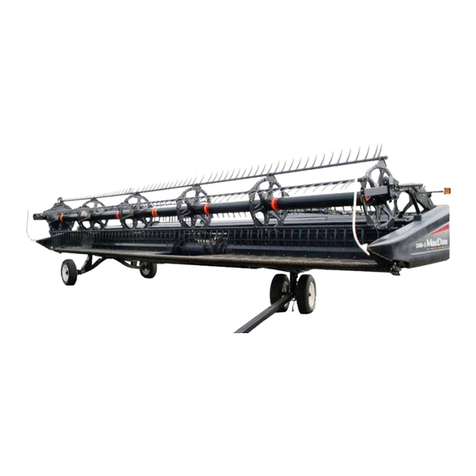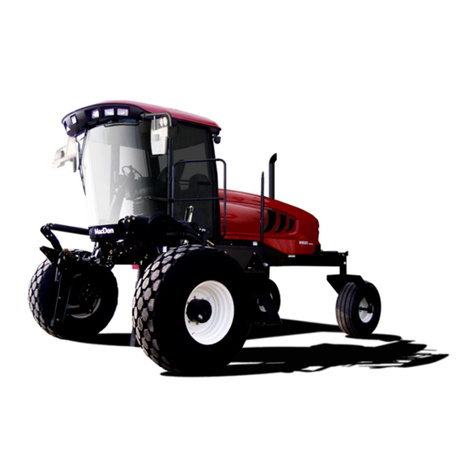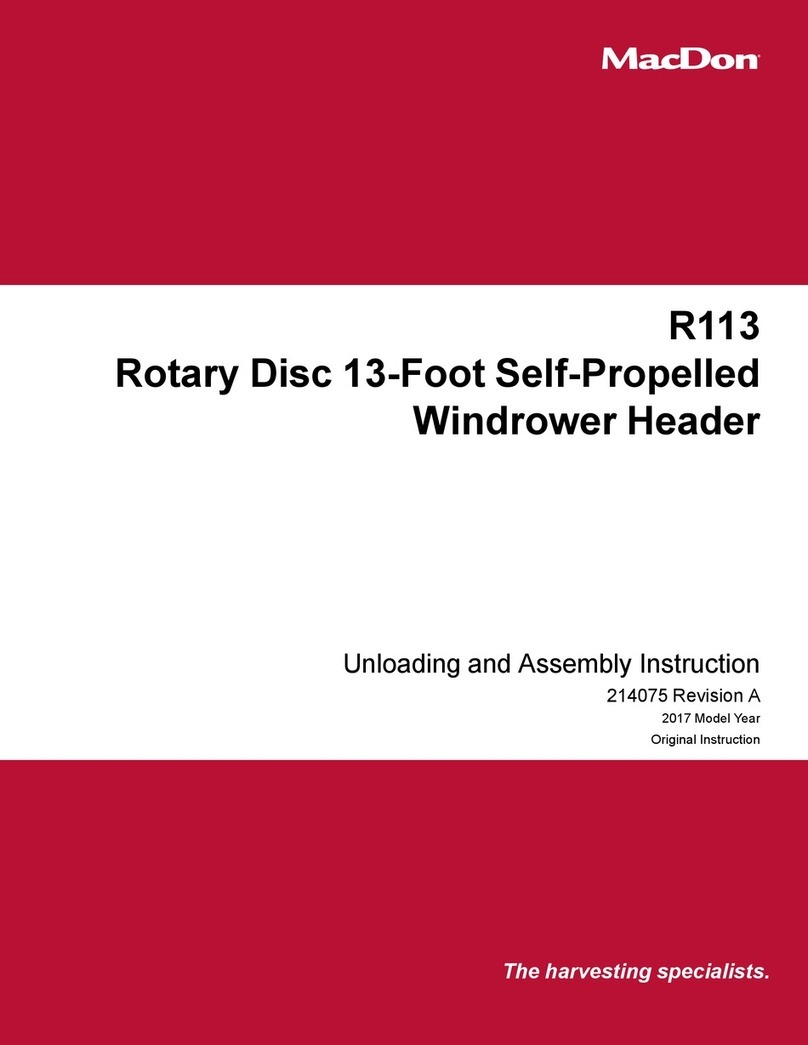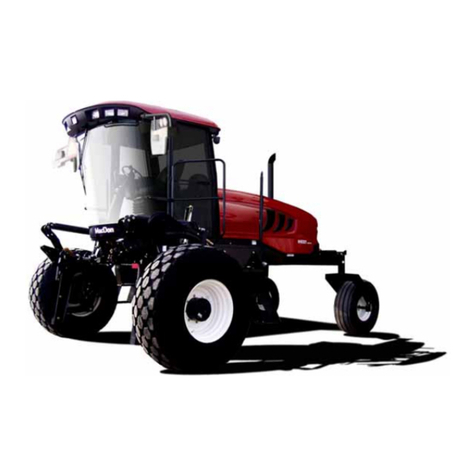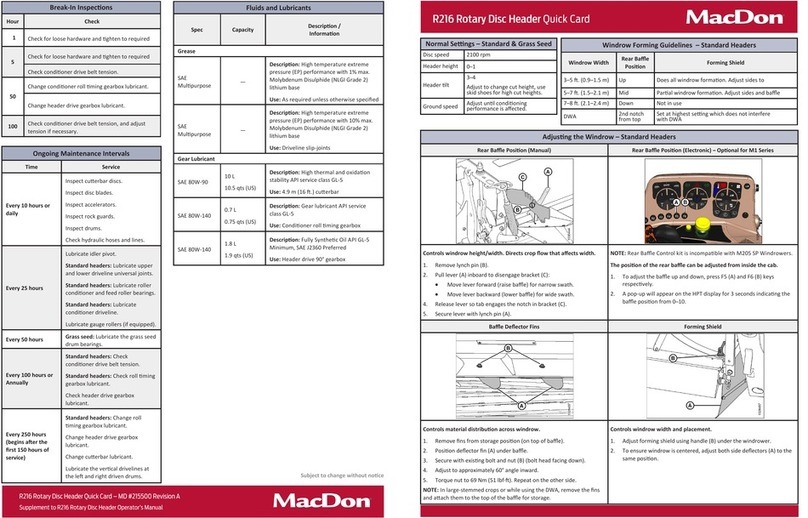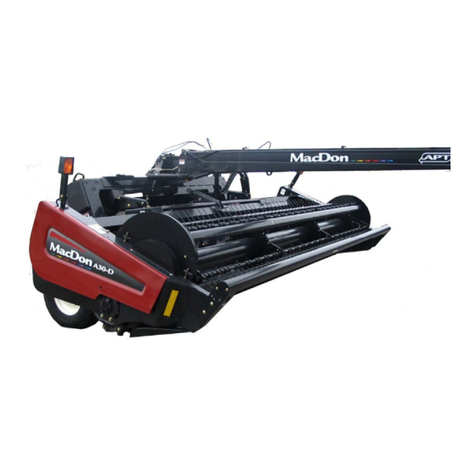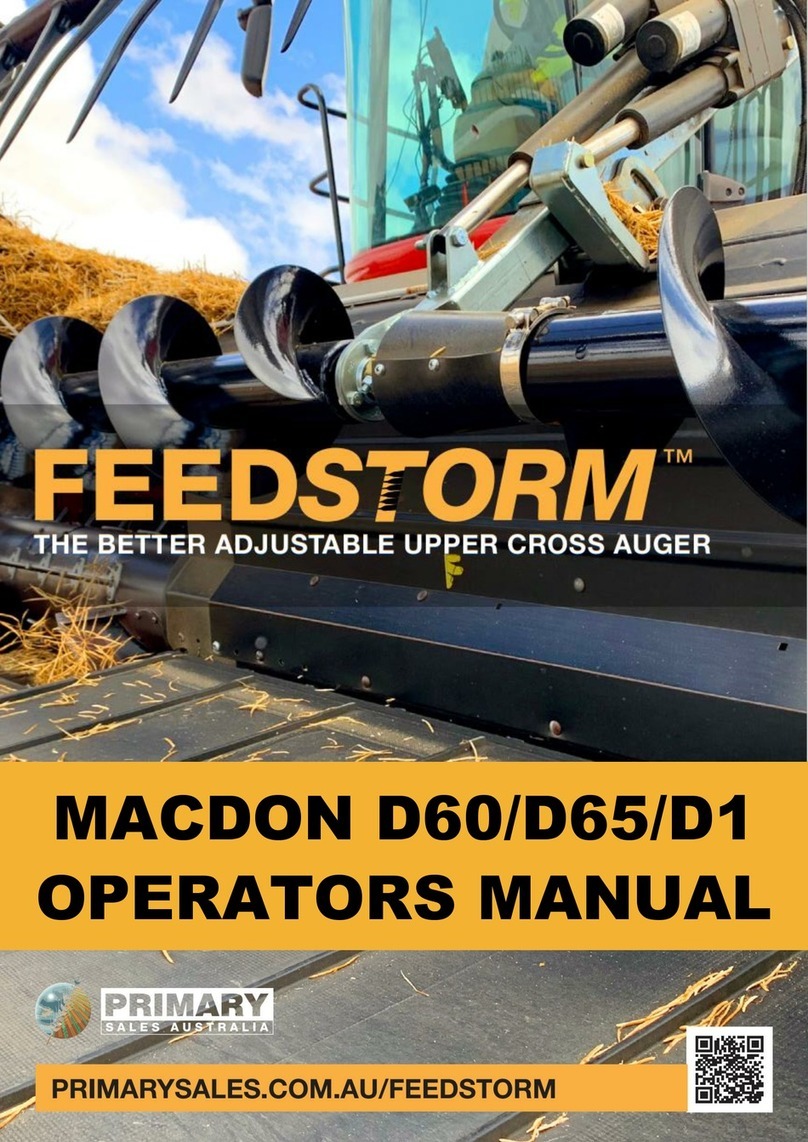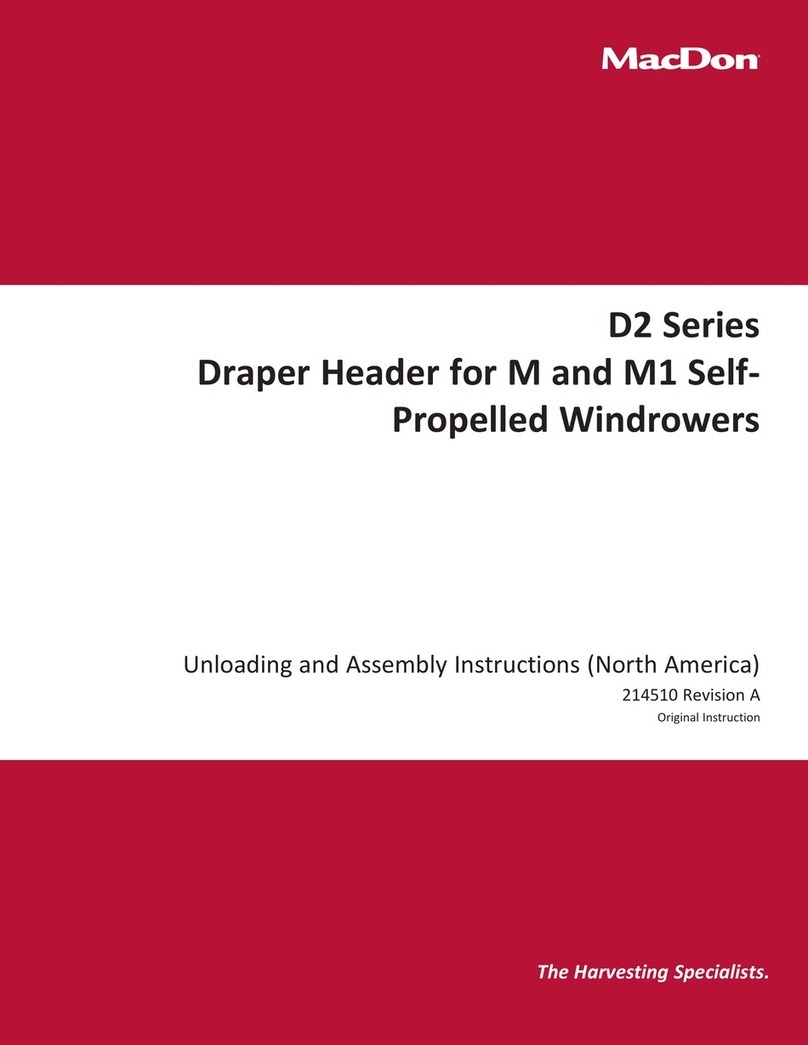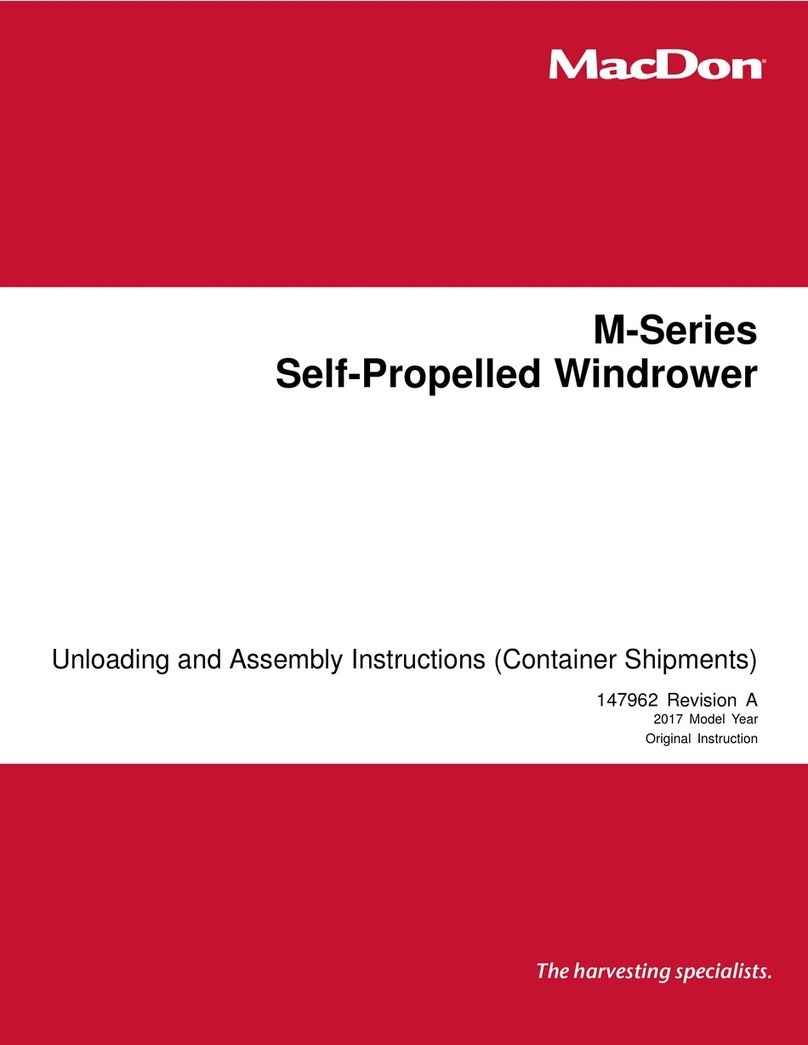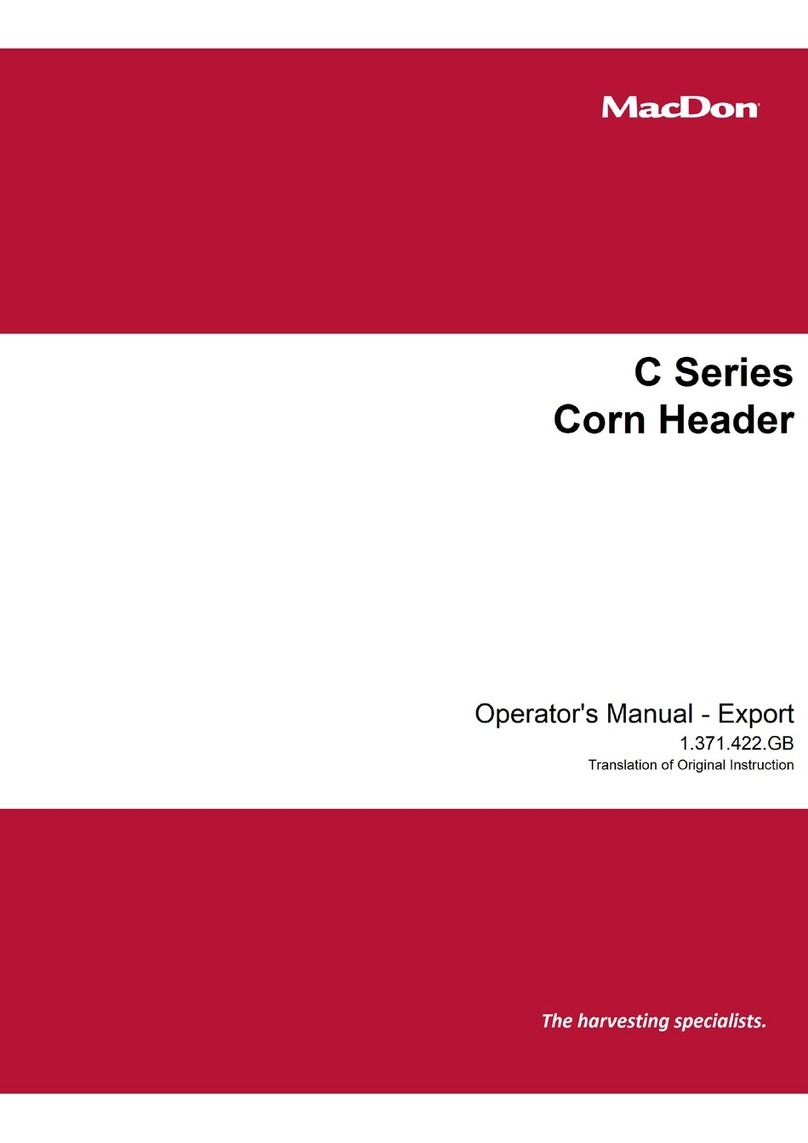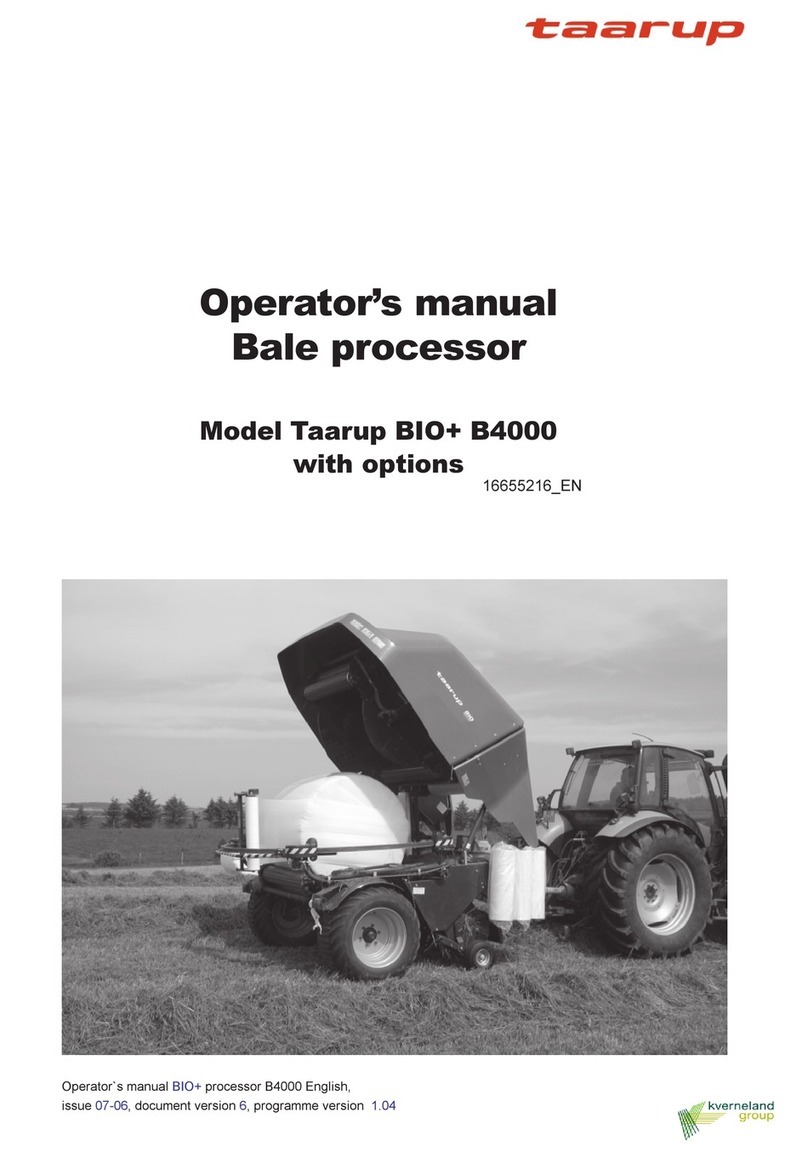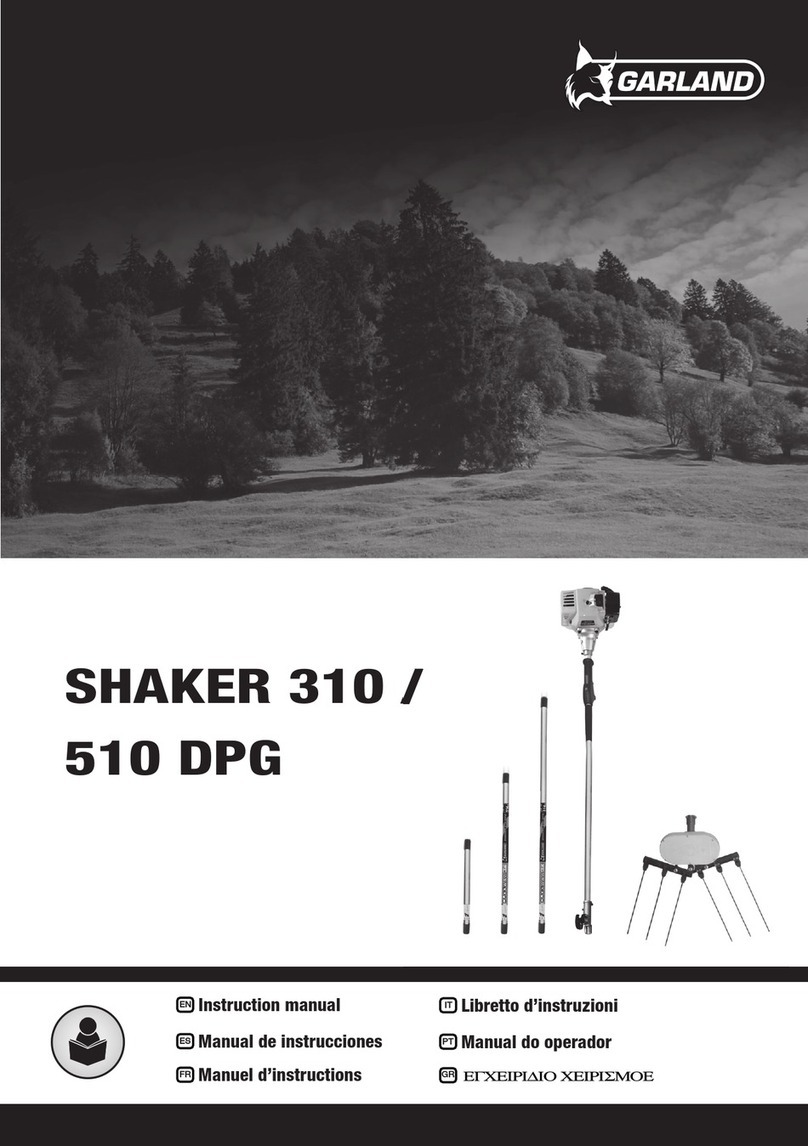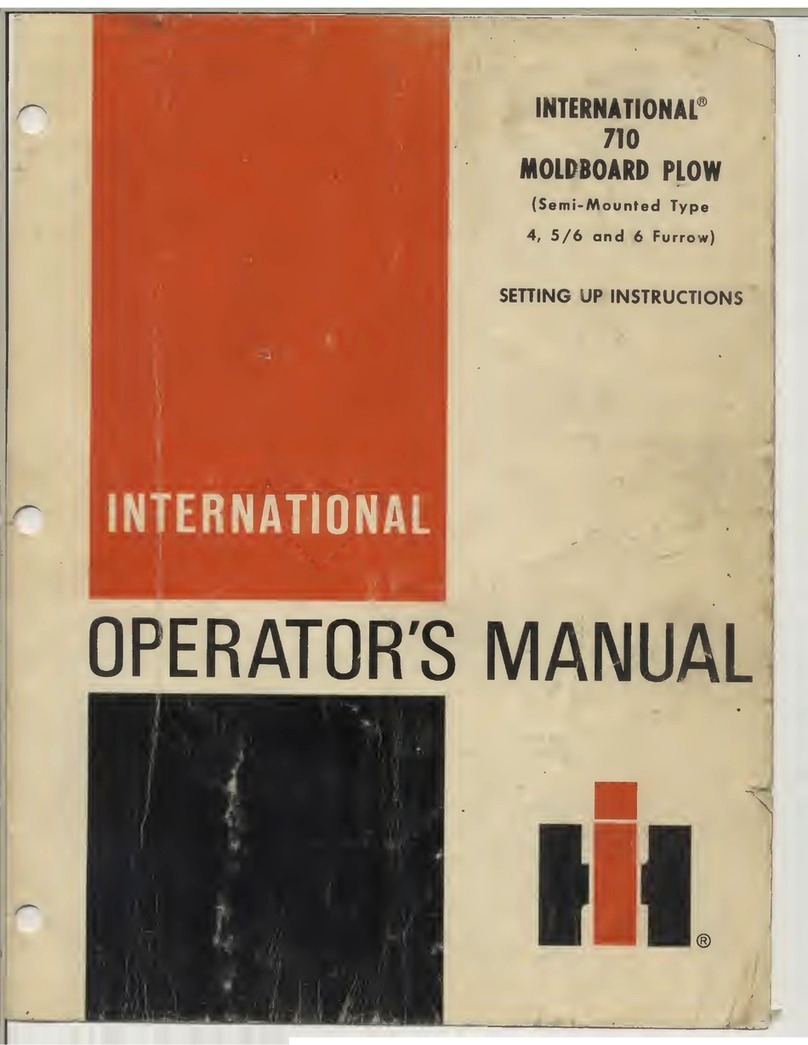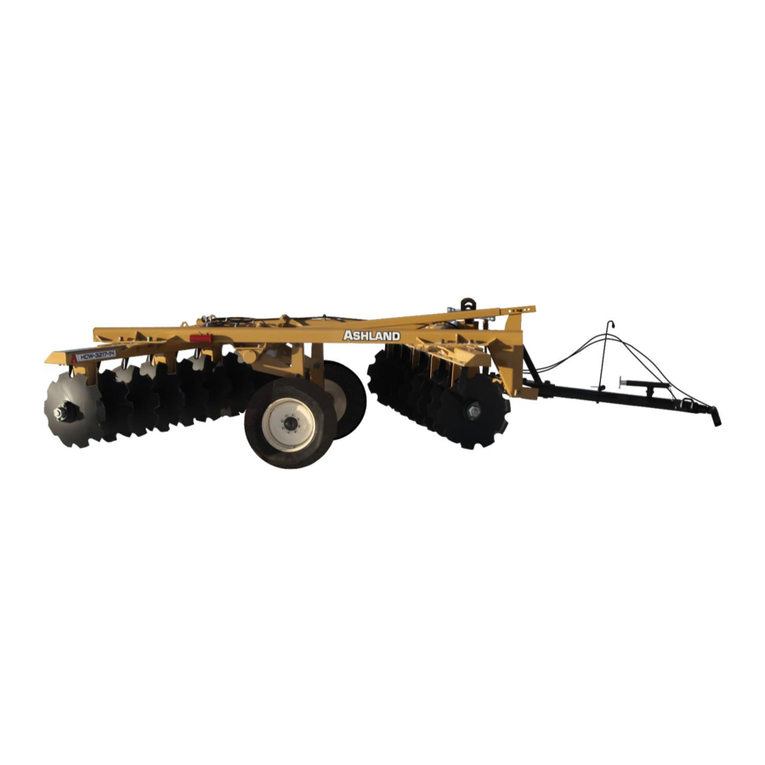
215649 iii Revision A
Introduction ................................................................................................................................................i
Summary of Changes....................................................................................................................................ii
Chapter 1: Safety ........................................................................................................................................ 1
1.1 Signal Words .........................................................................................................................................1
1.2 General Safety .......................................................................................................................................2
1.3 Welding Precaution ................................................................................................................................4
1.4 Safety Signs ...........................................................................................................................................5
Chapter 2: Unloading Header..................................................................................................................... 7
2.1 Unloading Header from Trailer..................................................................................................................7
2.2 Lowering Header to Field Position .............................................................................................................9
2.2.1 Lowering Single-Reel Header............................................................................................................9
2.2.2 Lowering Double-Reel Header ........................................................................................................ 12
2.3 Removing Shipping Supports .................................................................................................................. 16
Chapter 3: Assembling Header................................................................................................................. 19
3.1 Attaching Reel-Lift Cylinders ................................................................................................................... 19
3.2 Positioning Transport Lights ................................................................................................................... 27
3.3 Attaching Cam Arms ............................................................................................................................. 29
3.4 Installing Crop Dividers .......................................................................................................................... 31
3.5 Installing Disc Segments of Outboard Reel Endshields ................................................................................. 33
3.6 Installing Options ................................................................................................................................. 34
Chapter 4: Attaching Header to Windrower ........................................................................................... 35
4.1 Connecting Center-Link.......................................................................................................................... 37
4.1.1 Mechanical Link........................................................................................................................... 37
4.1.2 Hydraulic Link without Self-Alignment Kit ......................................................................................... 39
4.1.3 Hydraulic Link with Self-Alignment Kit.............................................................................................. 42
4.2 Connecting Hydraulics ........................................................................................................................... 45
4.3 Adding Tire Ballast................................................................................................................................ 49
Chapter 5: Performing Predelivery Checks.............................................................................................. 51
5.1 Checking Tire Pressure –Transport and Stabilizer Wheels............................................................................ 51
5.2 Checking Wheel Bolt Torque –Transport and Stabilizer Wheels .................................................................... 52
5.3 Checking and Adjusting Endshields .......................................................................................................... 53
5.4 Checking Knife Drive Box ....................................................................................................................... 57
5.5 Checking and Adjusting Knife Drive Belt Tension ........................................................................................ 58
5.5.1 Checking and Tensioning Single and Untimed Double-Knife Drive Belts.................................................. 58
5.5.2 Checking and Tensioning Timed Double-Knife Drive Belts.................................................................... 60
5.5.3 Tensioning Timed Knife Drive V-Belts............................................................................................... 64
5.6 Centering Reel ..................................................................................................................................... 65
5.6.1 Centering Double Reel .................................................................................................................. 65
TABLE OF CONTENTS
